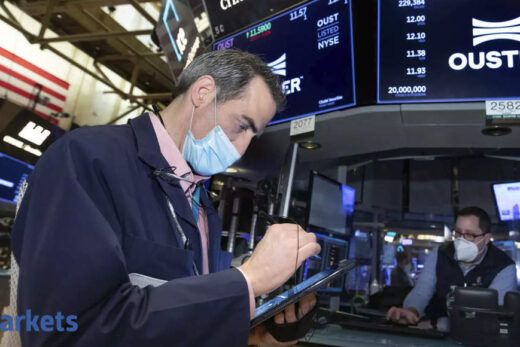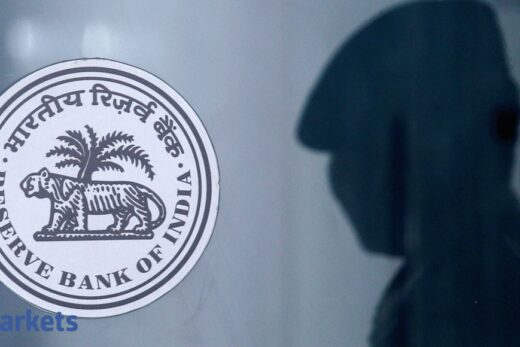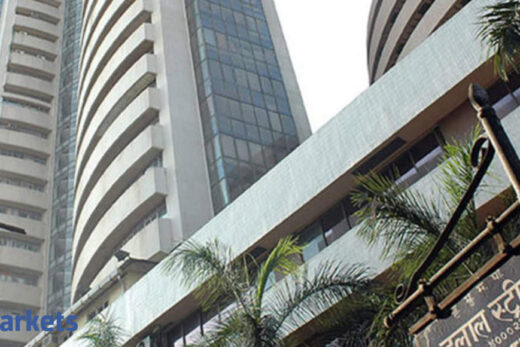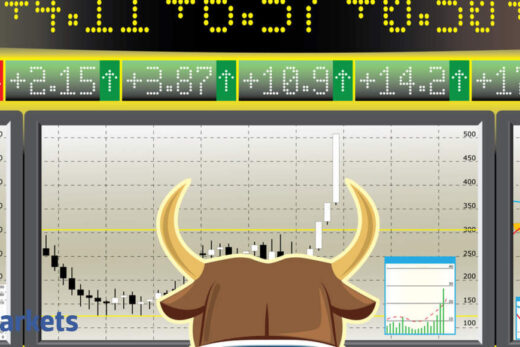Rajni Thakur, Chief Economist, RBL Bank, believes that while the RBI will remain committed to reviving the economy from the aftermath of the Covid-19 pandemic, the central bank should provide some hints to markets that it could be the beginning of the end as far as ultra-loose monetary policy is concerned. Edited excerpts:
Globally there is an increased tendency towards central banks tightening interest rates including in some emerging markets. With the Fed talking about a taper, what should the RBI do in its upcoming policy statement? How should we navigate the journey from ultra-loose policy to tightening?
What should RBI do and what RBI will need to do are two different outcomes at this point of time. This is a tricky time to be central banks in a country like India at this point.
Let me step back a bit. COVID was a big hit and you know as an economy India has not yet reached a pre-Covid level. The last quarter output was still below our 2018-2019 numbers. All policy bodies including the central bank should continue to focus on growth first.
What has happened in the meanwhile is that some of the global economies — US in particular — have caught up on their pre-Covid levels and for them it is time to start normalisation and withdraw some of the emergency support measures they introduced in the Covid times.
So as the Fed starts to taper, financial conditions will start tightening across the globe and this is key for RBI’s judgement. The point at which the easy monetary conditions will lead to financial risk is still some time away in the domestic economy. Nevertheless a taper situation like 2013 could hamper domestic financial conditions. This is a very difficult situation to be in. My sense is that RBI will have a continued bias to supporting growth and it is doing what it needs to do.
It is basically judging the micro landscape, keeping its options open and reacting to how the growth inflation dynamics evolve more symptomatically. Right now, it is time to buy as much time as it can before global conditions head towards normalisation and the hope is that domestically economic activities would have come back to pre-Covid levels before that.
The next policy, I think could very well be the last before RBI is compelled to start some degree of normalisation. The communication around continued support to growth till they have caught up on all the COVID losses should continue and will likely continue.
Nevertheless some indications to the market…that it is like the beginning of the end should start coming through to prepare the markets for normalisation coming soon.
Growth remains a priority but core inflation is quite elevated and sticky. Is there a risk of the RBI falling behind the curve if it delays normalisation?
From my perspective, the risk of putting off normalisation for too long emanates from financial weak spots building into the system rather than the inflation.
Yes growth remains a priority and yes core inflation is high currently. Nevertheless, almost all three to six months projections put the inflation path flat or mildly downward biased. Like RBI, I also strongly believe that we have largely supply shocks (not transitory mainly because they have been persistent shocks). They will normalise as activities start to normalise, and the risk to inflation genuinely comes only when the demand levels start to pick up.
The onus of inflation management at this point of time is on acceleration normalisation rather than a rate hike. If indeed we do get to a point where demand levels pick up and inflation projections go up that would be the point to watch. At this point of time I do not think it is running the risk of falling behind.
So far, we have been spared a third wave of Covid and there has been much more business activity on ground. How hopeful are you of a meaningful growth recovery?
Yes in fact, we are all thankful for that respite this has brought about.
Indeed business activity on the ground is high. Most of our high frequency indicators are running anything between 8% and 20% over the March 20 levels.
The base case – assuming no major health disruptions from here on — is we will have anywhere between 9 and 11% kind of a growth outcome for the current fiscal year. I am pencilling in a strong rebound in the next two quarters. Government expenditure is keeping pace. Our services sector normalisation is still due to happen. We have got good sentiment support. The next two to three quarters look very good from growth prospects and even the first quarter of the next fiscal year should optically be good. So at this point of time, for the next three-four quarters, we are very favourably placed.
The stock market has seen a remarkable bull run for quite some time now. Do you feel that stretched asset price valuations could start substantially feeding into inflation somewhere down the line?
Well that’s a tricky one. We were expecting three months back that the stretched asset price valuations will start feeding into inflation and other asset prices but it did not really pan out that way. Nevertheless the sentiments have remained positive for equities.
Potentially, yes, sustained asset price valuation could start feeding into inflation but it is not realistic in the current conditions.
If you start looking at the global backdrop or cross asset backdrop, we are already taking steps toward normalisation in some parts. Inflation till now was largely supply driven and the normalisation of activity should see that weaning out.
If this kind of liquidity glut stays into the system much beyond when demand levels have picked up or when credit demand has picked up, at that point it is a risk, but currently it does not look very plausible.
What do the recent developments in the US portend for the rupee? Are we sufficiently protected from a taper?
The fact remains that a) US is the global currency so any flight from risk is dominated by the US. b) US domestic conditions compelled the central bank to start on to normalisation and it has unintended consequences to emerging markets like us. c) The kind of taper tantrum we saw in 2013 has somehow stayed back in our minds to create that sense of apprehension as to what will happen once they start tapering.
For example, in September, when Fed started talking about not only tapering but also rate hikes, we did not really see such major outflow from the Indian economy and this time around compared to 2013 when were a part of what was the “Fragile Five,” we are much more stronger on most of the metrics.
Our inflation levels are largely anchored and managed very well by the central bank. Our external balances are much more robust. Yes, as normalisation happens, there will be some amount of outflow that the economy will face but does it turn into a tantrum? That is the question.
I do not think the second part essentially holds at this point of time. We are cushioned on many sides from most of these metrics. And do remember right now we are an economy that is attracting lots of flows also because of our fundamental growth story.
The kind of IPOs lined up for the year, the kind of government disinvestment programme that is lined up for the year– we have seen a lot of global interest and we expect some inflows to come because of that as well.
There is a lot of noise around bond inclusion. That should keep some bond inflows directed towards the Indian economy too. So net-net, despite Fed announcements and despite apprehension around taper; this particular taper will be much more benign compared to 2013.
The rupee will broadly track the fundamentals, in particular our trade deficits, pickup in exports and pickup in imports as we normalise on activity.



